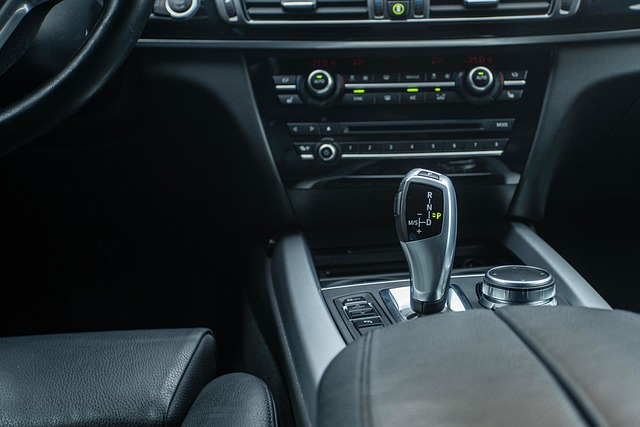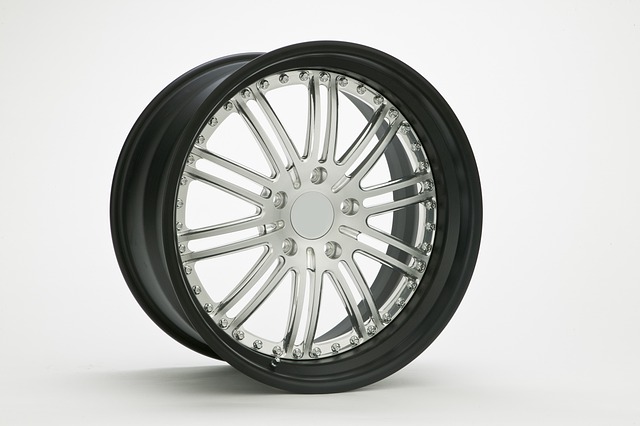Looking to register your car in California? This comprehensive guide walks you through the entire process, from understanding key requirements for car registration in California to navigating the step-by-step DMV VIN verification. We’ll also cover common issues and how to resolve them, along with tips for post-registration maintenance. Ensure a smooth experience by following these essential steps and staying compliant with California’s vehicle registration rules.
- Understand the Requirements for Car Registration in California
- Gather Necessary Documents for DMV Vin Verification
- The Step-by-Step Process of Registering Your Vehicle
- Common Issues and How to Resolve Them During VIN Verification
- After Registration: Maintaining Your Vehicle's Records and Compliance
Understand the Requirements for Car Registration in California

Registering a car in California involves understanding several requirements to ensure a smooth process. One crucial step is the DMV (Department of Motor Vehicles) VIN (Vehicle Identification Number) verification, which confirms the vehicle’s authenticity and history. This process checks for any outstanding issues, such as theft or outstanding loans, by cross-referencing the VIN with national databases.
Additionally, you’ll need to have your car inspected for safety and emissions standards. A mobile vin inspection or inspection at a certified center ensures your vehicle meets these requirements. It’s important to gather necessary documents like the title, registration, and proof of insurance before heading to the DMV. By fulfilling these obligations, you’ll be well on your way to registering your car in California efficiently.
Gather Necessary Documents for DMV Vin Verification

Before you register your car in California, you’ll need to gather several key documents for the DMV VIN verification process. This includes proof of identification, such as a valid driver’s license or state ID card, and proof of residency, like a recent utility bill or bank statement. Additionally, you’ll require the vehicle’s registration from its previous state, if applicable, along with any relevant maintenance records and insurance documentation.
For a streamlined process, many individuals opt for a mobile VIN verifier or conduct a vin inspection prior to visiting the DMV. This involves using a digital tool to capture and transmit your vehicle’s unique identification number (VIN) for preliminary checks. A mobile vin inspection can help ensure that all necessary documents are in order before you embark on the registration journey, making the process faster and more convenient at the California DMV.
The Step-by-Step Process of Registering Your Vehicle

Registering a car in California involves a straightforward process that can be completed at a local Department of Motor Vehicles (DMV) office or online. The first step is to gather all necessary documents, including your vehicle’s registration certificate from the previous state, proof of insurance, and a valid driver’s license. Once you have these ready, it’s time to initiate the registration process with the DMV.
The key step in this process is the DMV vin verification, where the unique identifier number (VIN) of your vehicle is cross-checked against their records. You can streamline this process by utilizing a mobile vin inspection or mobile vin verifier service, which allows for on-site or remote VIN checking, saving you time and effort. After successful verification, you’ll need to fill out the registration form, pay the required fees, and have your vehicle inspected for safety standards. With these steps completed, your car will be officially registered in California.
Common Issues and How to Resolve Them During VIN Verification

During the DMV VIN verification process, many car owners encounter common issues that can delay registration. One of the most frequent problems is an inaccurate or unreadable Vehicle Identification Number (VIN). To resolve this, ensure the VIN plate is clear and legible before attempting any inspection. If it’s obscured or damaged, consider using a mobile vin verifier for a quick and accurate digital scan.
Another issue could be discrepancies between the car’s year, make, model, or other details listed on documents versus what’s displayed on the vehicle itself. Cross-referencing information from multiple sources, including online databases and official vehicle history reports, can help clear up such confusions. For convenience, many mobile vin inspection apps offer real-time data checks, making it easier to address these issues promptly.
After Registration: Maintaining Your Vehicle's Records and Compliance

After registering your vehicle in California, it’s crucial to maintain accurate records and ensure ongoing compliance with state regulations. This involves keeping detailed logs of all maintenance, repairs, and modifications made to the car. Every time a service or change is performed, document the work, parts used, and the date. This not only helps in tracking vehicle history but also plays a vital role during future transactions or if involved in an accident.
One essential aspect of this process is completing periodic DMV VIN verification checks to confirm that your vehicle’s details align with the registered information. Consider utilizing mobile VIN inspection services for added convenience, allowing you to verify crucial data such as mileage and history without visiting a DMV office. Staying proactive in these areas ensures your vehicle remains compliant, enhancing safety and simplifying future registration renewals.
Registering a car in California involves understanding specific requirements, gathering essential documents, and successfully completing the DMV VIN verification process. By following the step-by-step guide provided, ensuring all necessary papers are in order, and addressing any common issues during verification, you can seamlessly register your vehicle. Remember, proper maintenance of post-registration records is crucial for compliance and future reference.
